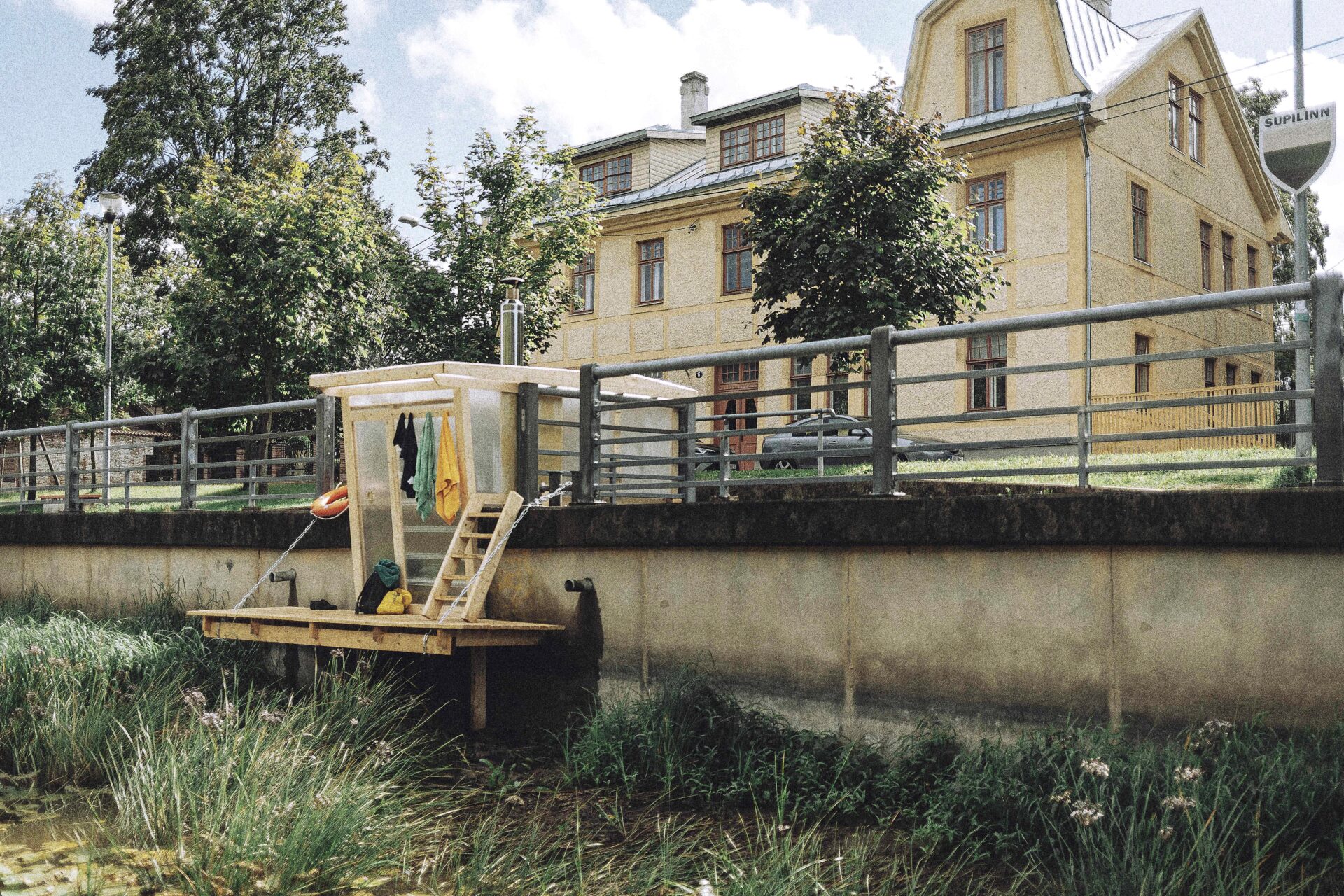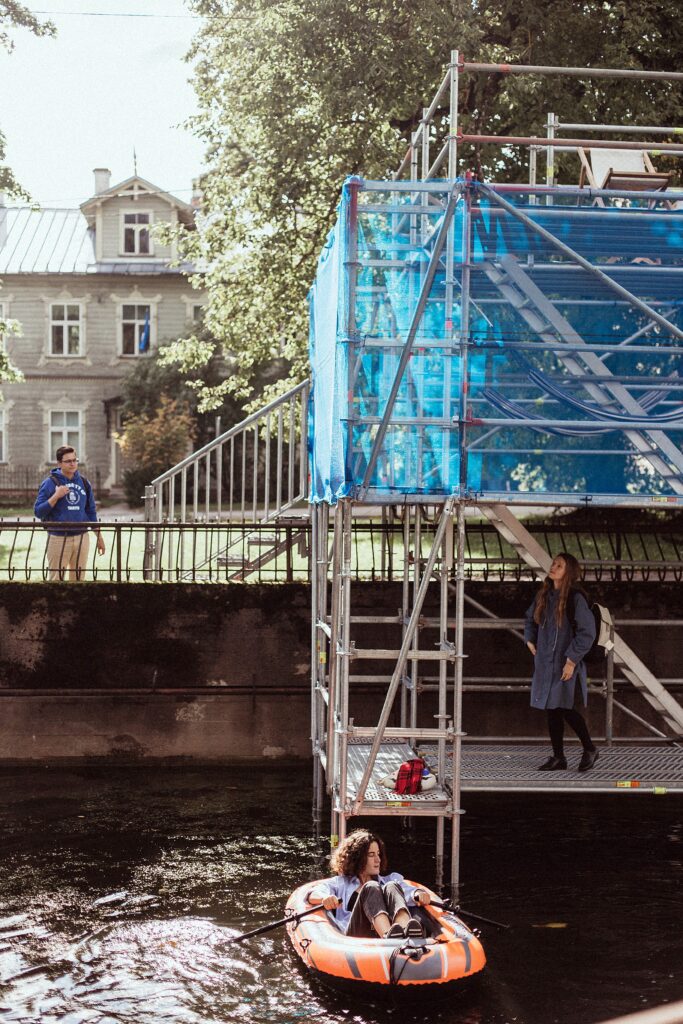It is an international site-specific art festival organised in Tartu since 2013 with the aim of encouraging communication between residents and their living environment, providing alternative spatial perspectives and creating site-specific art. Usually taking place in August, the four-day urban art festival became biennial in 2017.
UIT is interested in how we perceive and use the urban space, relying on interdisciplinary cooperation with local and foreign artists in order to allow the audience to see the city from another perspective. The festival encourages people to enjoy public spaces and think about the various possibilities that we have to make our cities cosier and more versatile. One of the aims of the festival is to draw people’s attention to various spatial and social elements and layers in the city that we might otherwise overlook.
The festival programme includes works that consider or grow out of the urban space: installations, performances, concerts, city tours and games, together with various activities for children. In the past years, an important role in the installation programme has been played by the open competition allowing also young students or artists try their hand at spatial projects.
UIT allows to revive those places in Tartu that have not seen any life for decades or would not even tolerate life for too long – abandoned buildings or areas that can’t keep up with the modern life. Breathing new life into these areas for a while notionally expands the city and encourages also the observers to dream.
About the programme in 2021:
The seventh festival was held in August 2021 with the focus on parasite architecture. In the installation project called Urban Parasite, artists explored the city from the so-called parasite’s perspective looking for new ways of life in the conditions of deficient or surplus spaces.
The participating artists: Varvara & Mar (EE/ES), Flo Kasearu & Andra Aaloe (EE), Eva Mustonen (EE), NOMAD architects (LV), Fernando Abellanas (ES), Nuno Pimenta (PT), Raiviobumann (FI), Arhitektuurikool and the winners of the open competition Iiris Toom (EE) and Roland Seer & Carol Schults (EE).
The next festival will be held in August 2023.
Marie Kliiman















































































































































































































